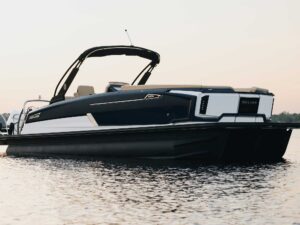Whether you plan on spending the day cruising, fishing or shredding, you have many people to thank for the lifestyle you enjoy on the water. Now is as good a time as any to pay homage to a few of the founding fathers of modern boating. Here are five people who helped create the world of boating as we know it today.
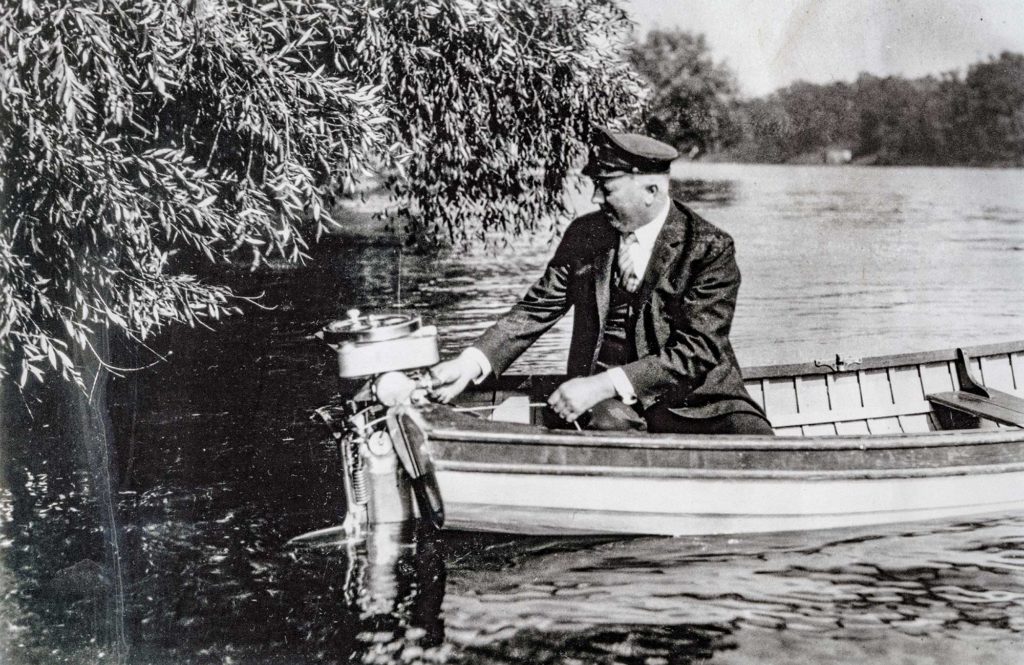
Ole Evinrude
With outboard power exceedingly popular aboard all types of recreational boats, every boater owes a debt of gratitude to Ole Evinrude and, apparently, to melted ice cream. The story goes that Evinrude had been picnicking with his wife on Okauchee Lake in Wisconsin, when he rowed to shore to get her ice cream. By the time he returned to their picnic spot, it had melted, inspiring the machinist and combustion-engine tinkerer to create a small boat engine. In 1907, he came up with the first transom-mounted gasoline outboard motor, a 1.5 hp rig made of brass and steel. He first started selling them to the public in 1909.
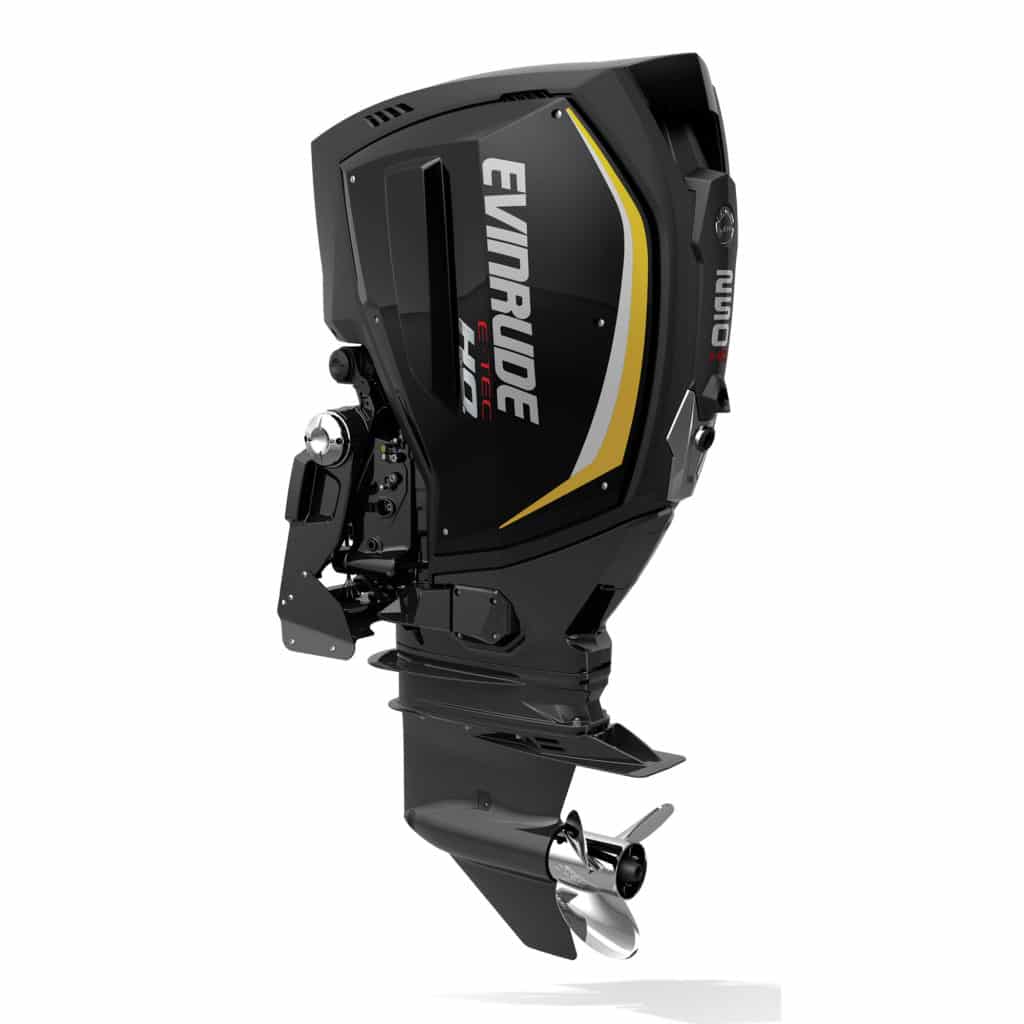
Evinrude E-TEC G2
Protecting his efforts, Evinrude applied for and received a patent for his invention in 1911 — U.S. patent number 1,001,260, awarded to the newly formed Evinrude Motor Corporation. In 1913, he sold his share of the company to his business partner and took a five-year hiatus from building engines. Then, in 1919, he returned to improve his original design, developing a 3 hp outboard made of aluminum that weighed in at 48 pounds. He tried to sell the idea to his old company. When they declined, he formed the Evinrude Light Twin Outboard company to produce it.
Ole Evinrude and ELTO joined forces with his old business and the Johnson Motor Company to form the Outboard Marine Company in 1929, which pushed outboard design to create a small-boat revolution. Today, Bombardier Recreational Products owns Evinrude, which is still the leader in two-stroke outboard technology.
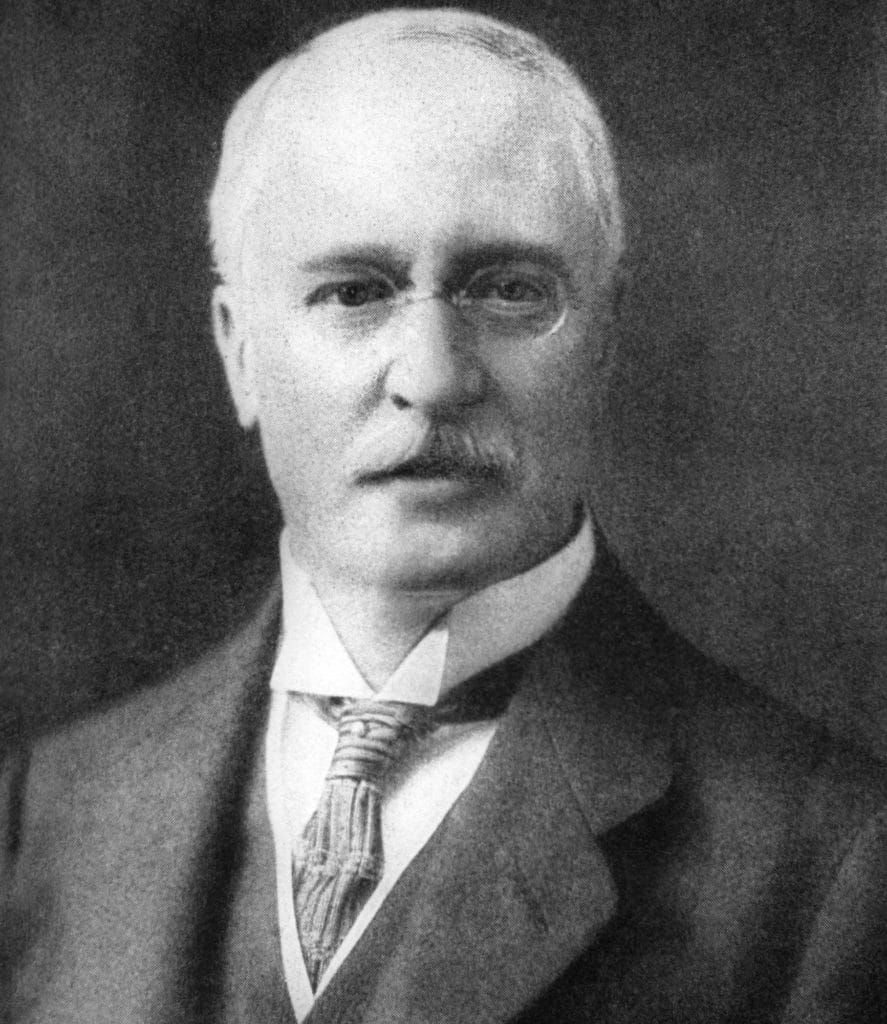
Rudolf Diesel
Whether installed aboard offshore battlewagons in chase of pelagic species or sedate trawlers looking to venture to distant islands, the diesel is a vital component to long-distance boating. When he invented the compression engine, Rudolf Diesel altered the course of history in terms of commercial shipping and trucking and even aviation. The ability to cruise long distances under power for fun is really just a happy byproduct, but one we boaters couldn’t do without.
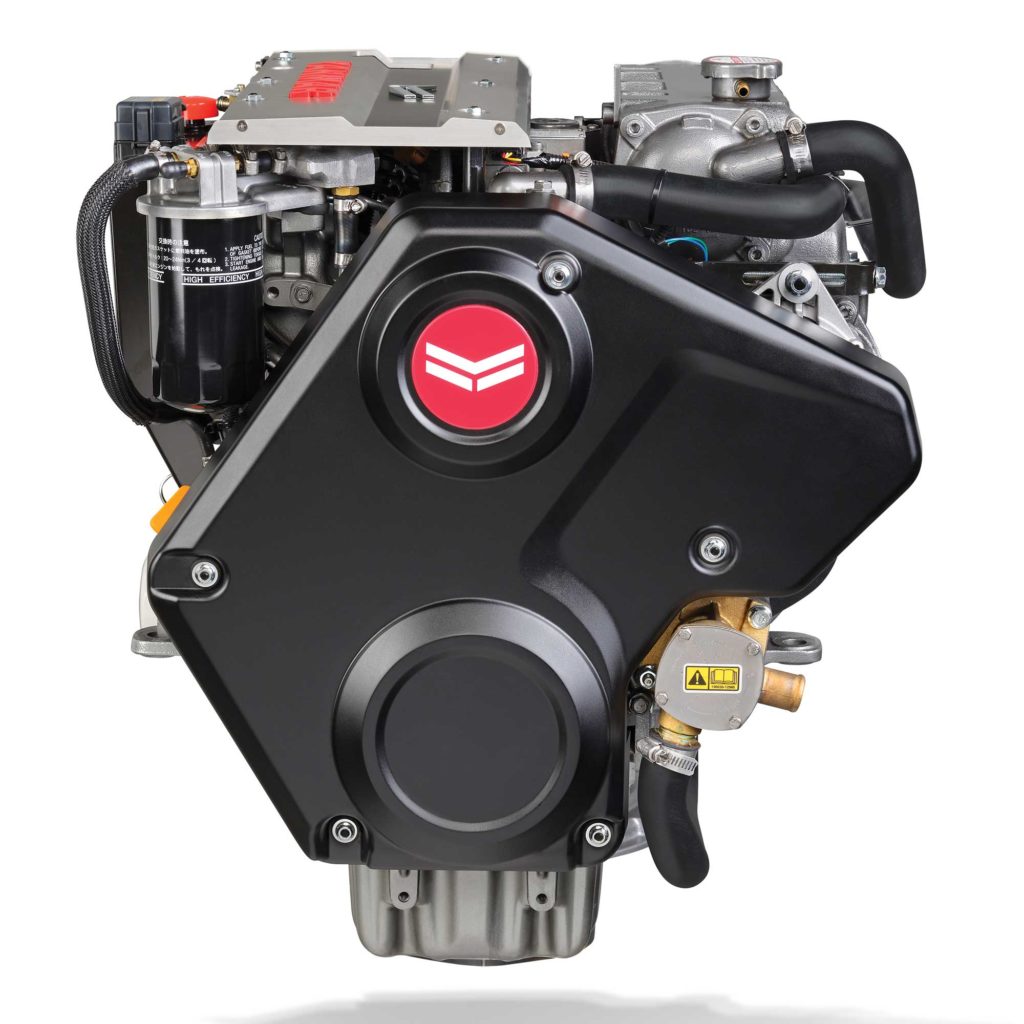
Yanmar 3JH40
Diesel, a German engineer, began working to design a more efficient engine than the prevailing steam engines of the day, which wasted most of their energy during combustion. Diesel came up with the compression engine. Rather than igniting fuel in the piston via spark as in a gasoline combustion engine, diesels use the pistons to compress air in the cylinder, generating intense heat that ignites the diesel fuel. He received a patent for his idea of a “rational heat motor” in 1893 and introduced his single-cylinder 25 hp four-stroke engine in 1897. As Diesel himself explained, “Because the air is compressed, the combustion temperature is higher, and the gases will expand more after combustion, applying more pressure to the piston and crankshaft.”
The diesel engine proved far more efficient and could produce high torque at low rpm, making it ideal for moving heavy loads over long distances. It’s also perfect for pushing a 50-foot sport-fisherman through rollers in the inlet on the way out to the billfish grounds.
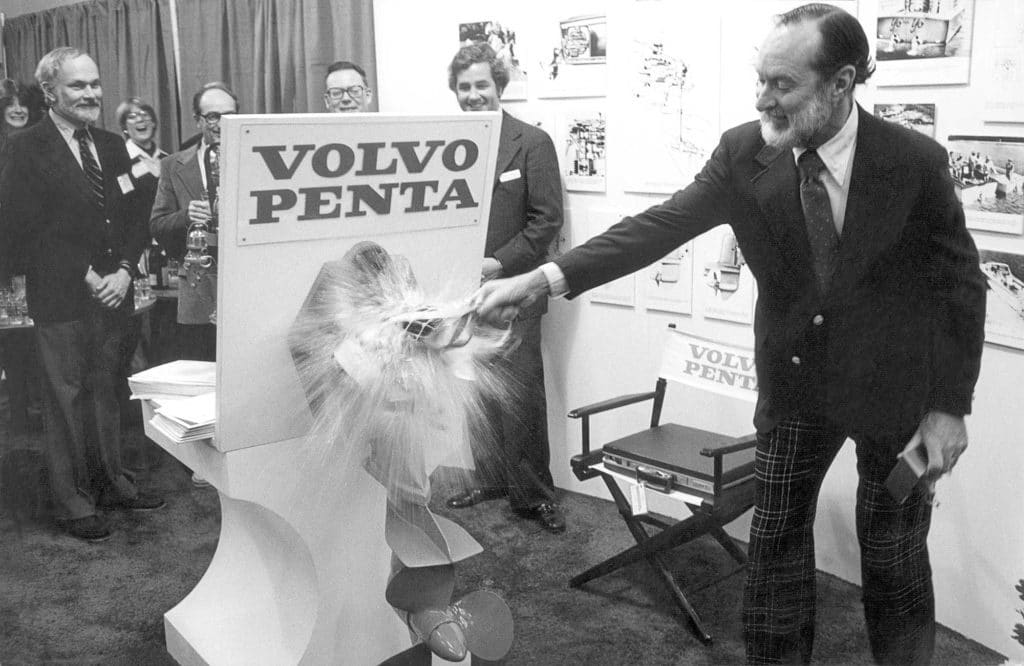
Jim Wynne
While Ole Evinrude — and later Carl Kiekhaefer of Mercury — brought recreational boating to the masses with outboard power in the 1930s, ’40s and ’50s, an industry executive and racing enthusiast changed the game again with his popularization of the sterndrive, also known as the inboard/outboard. Ironically, Wynne was working for Kiekhaefer when he helped develop the first sterndrive engine. According to Mercury’s own history, Wynne worked for Mercury from 1953 until 1958. It was there that Wynne worked in secret on the design of the sterndrive, under the direction of the famous Mercury executive Charles Strang, who actually first conceived of the idea in 1948. Kiekhaefer had originally rejected the concept, so Strang worked on it with Wynne in secret. In 1958, Wynne left Mercury and began assembling a sterndrive prototype out of outboard parts in his garage in Miami. Later, Wynne traveled to Sweden to present the idea directly to Volvo Penta’s president, who liked it enough to reach a licensing agreement with him.
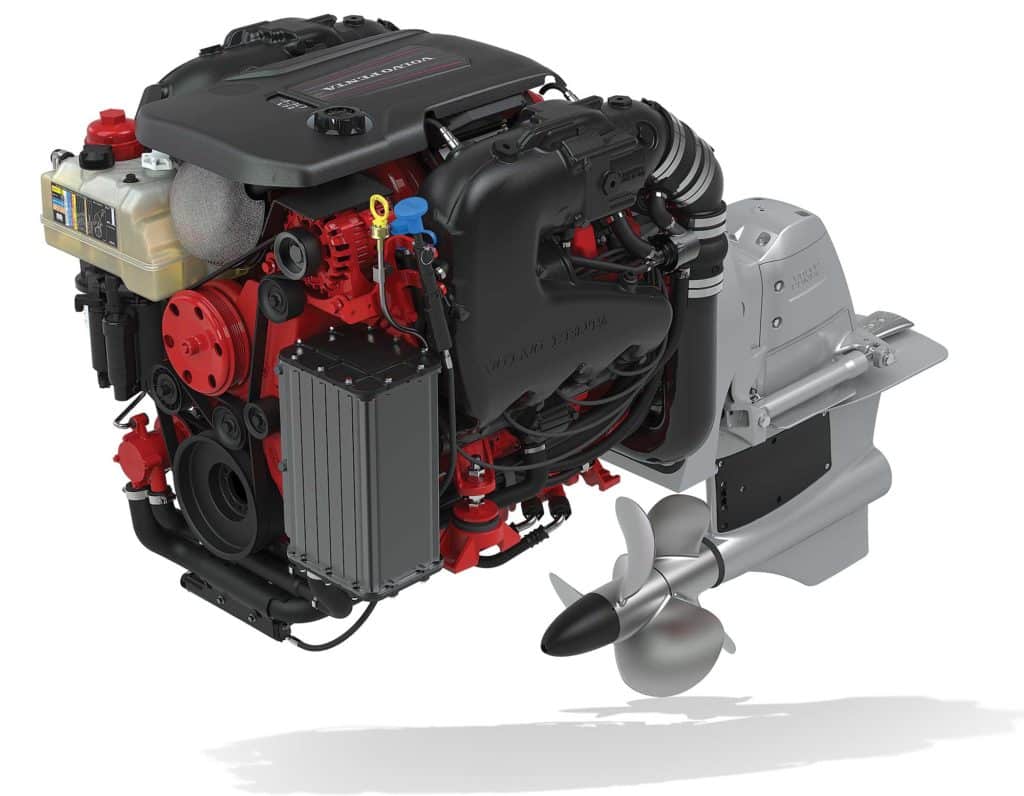
Volvo Penta Forward Drive
At the New York Boat Show in 1959, Wynne publicly introduced the first Volvo Penta Aquamatic sterndrive, paired with an 80 hp engine block. An enthusiastic boat racer, Wynne also worked with Don Aronow to help build what eventually became the venerable Donzi Sweet 16. Mercury joined the party in 1961, and sterndrives started winning over boaters. Over the next decade, boat-racing enthusiasts began to phase out outboard power in favor of sterndrive applications because the design allowed builders to mount bigger, more powerful engine blocks directly into the hull and couple them with the drive. In terms of horsepower, outboards at the time just couldn’t compete. Soon gasoline sterndrive applications became synonymous with boats, from the family runabout up to the midsize cruiser, and racing would never look back.
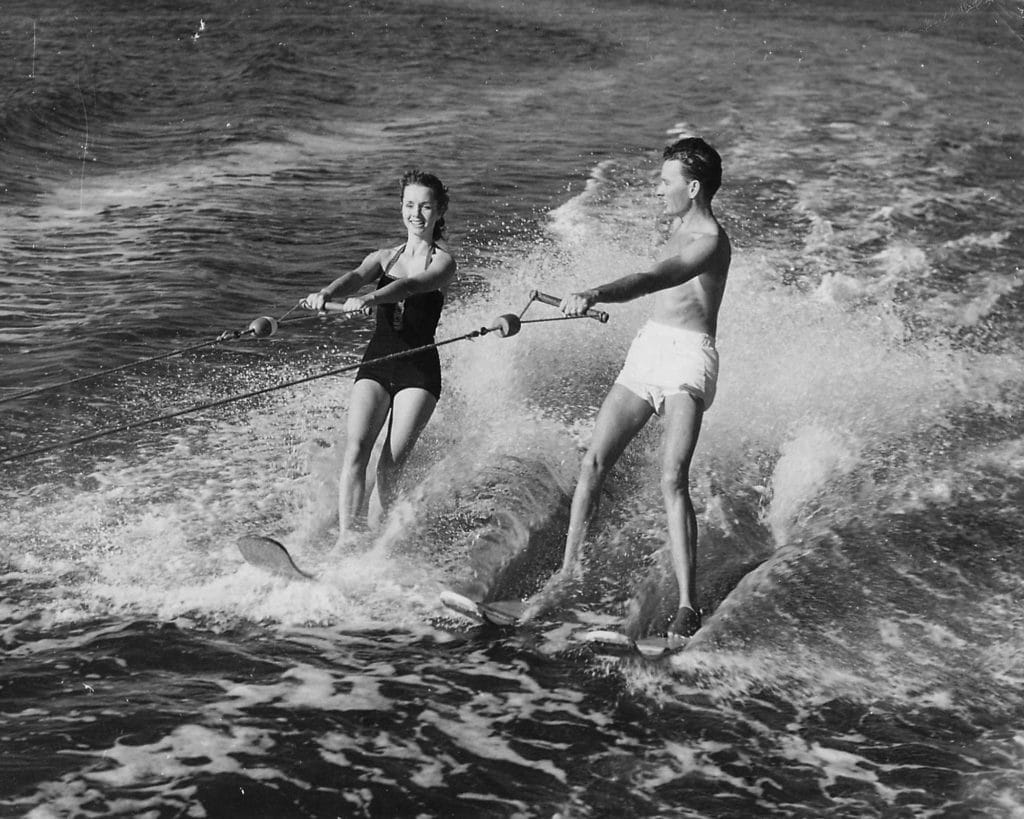
Leo Bentz
Before there was wakeboarding and wakesurfing and wakeskating and whatever comes next, there was water skiing. Ralph Samuelson invented the sport on a Minnesota lake in 1922, and learning to get up on twin skis behind the family boat soon became a waterborne rite of passage. The beauty of water skiing is that you can do it behind almost any boat, but to ski at the highest levels, you need the perfect ski boat. And this is where Leo Bentz comes into the picture.
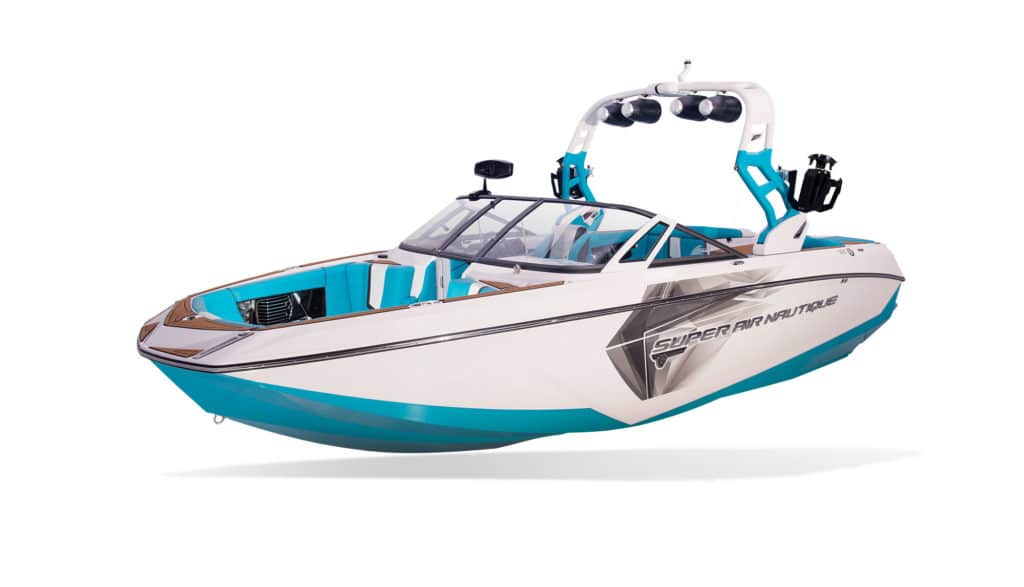
Super Air Nautique G23
For decades, premier skiers preferred to be pulled behind flat-bottomed wooden boats with inboard power; the centered engine and shallow draft allowed for a steadier pull with a smaller wake. Seeking a competitive advantage in top-level skiing, Bentz designed the first fiberglass inboard ski boat in Miami in 1957, naming it the Ski Nautique. He presented the idea to fellow Florida boatbuilder Walter C. Meloon of Correct Craft, which had become famous for building troop transport boats during World War II. Meloon initially rejected Bentz’s idea, saying (as legend has it) that he’d never seen a “fiberglass tree.”
Bentz kept working on his Ski Nautique design and reintroduced the idea to Meloon in 1961. This time, Correct Craft agreed to buy the Nautique molds from Bentz and began production. And thus, in 1961, the 18-foot Ski Nautique, powered by either a 185 hp or 215 hp Interceptor inboard, sold for up to $3,845. As the original brochure says, the Nautique’s “special hull design gives an exceptionally low wake at jumping and slalom speeds and a perfect wake for wake tricks at slow speeds.”
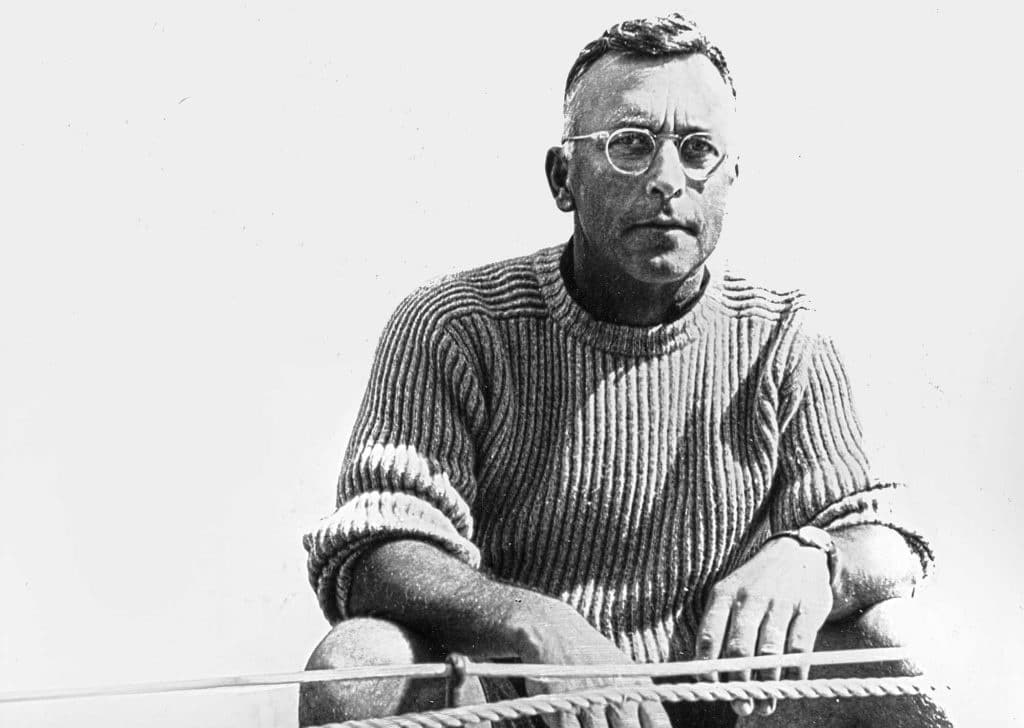
C. Raymond Hunt
Perhaps no person has had more of an impact on modern boating than C. Raymond Hunt, the naval architect credited with designing the first deep-V hull. The Duxbury, Massachusetts, native began working with sail- and lobster-boat designs in the 1930s and experimenting with deeper deadrise hulls for powerboats in the 1940s. But it was his construction of a 23-foot wooden tender in 1958, which featured a 24-degree transom deadrise, lifting strakes and hard chines, as well as a sharper keel and forefoot, that many credit as the first true deep-V. From there a revolution in powerboat design began. The deep-V design allowed boats to knife through the water, creating a smoother, more seaworthy ride.
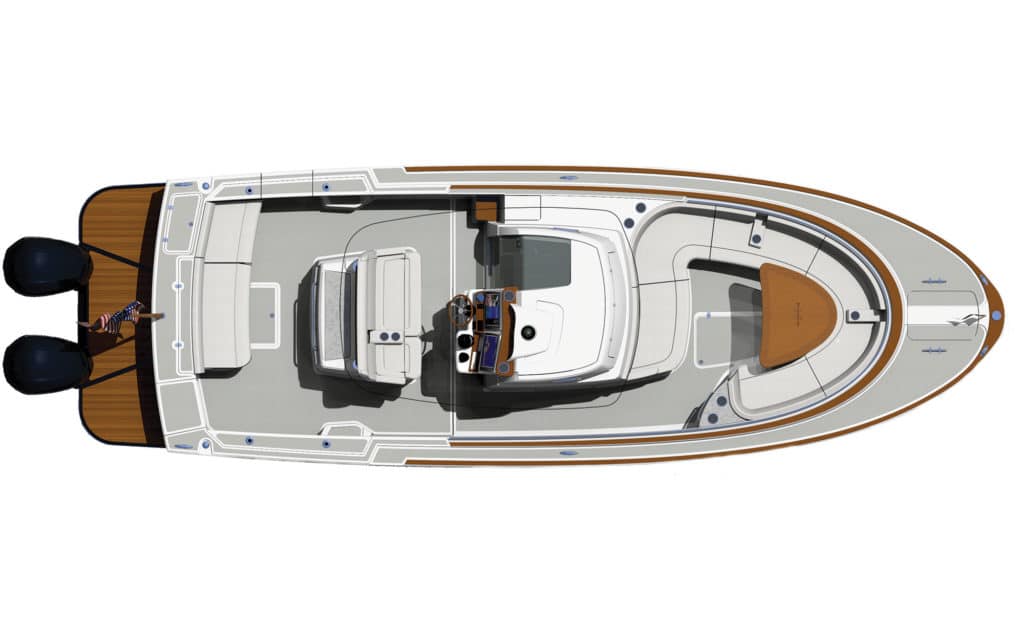
Hunt Yachts 32 CC
In 1960, Dick Bertram built the Hunt-designed Moppie, a 31-footer based on that original tender, that he used to win the then-famous Miami-Nassau Race. Bertram turned that boat into the venerated Bertram 31, a fiberglass production model that is still coveted by classic-boat enthusiasts to this day.
But it’s not just the Bertram. Hunt also helped design the original 13-foot Boston Whaler in 1957. His design firm, C. Raymond Hunt and Associates, which he founded in 1966 with John Deknatel (who’s still at the helm), is credited for designs produced by numerous renowned builders, including Chris-Craft, Grady-White, Robalo, Southport, Grand Banks, Four Winns, Cruisers, Regal and many more.

